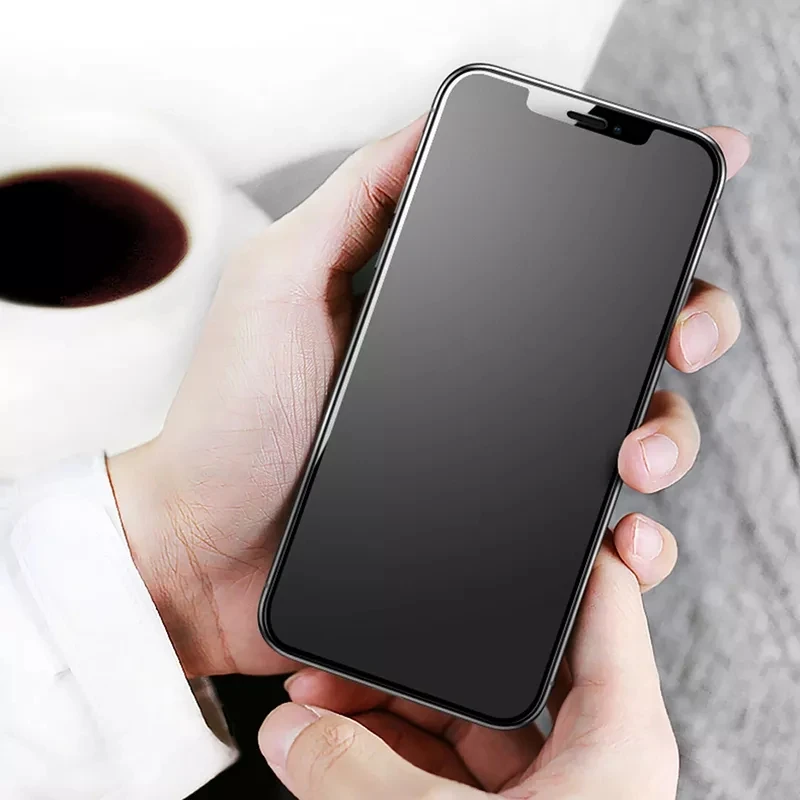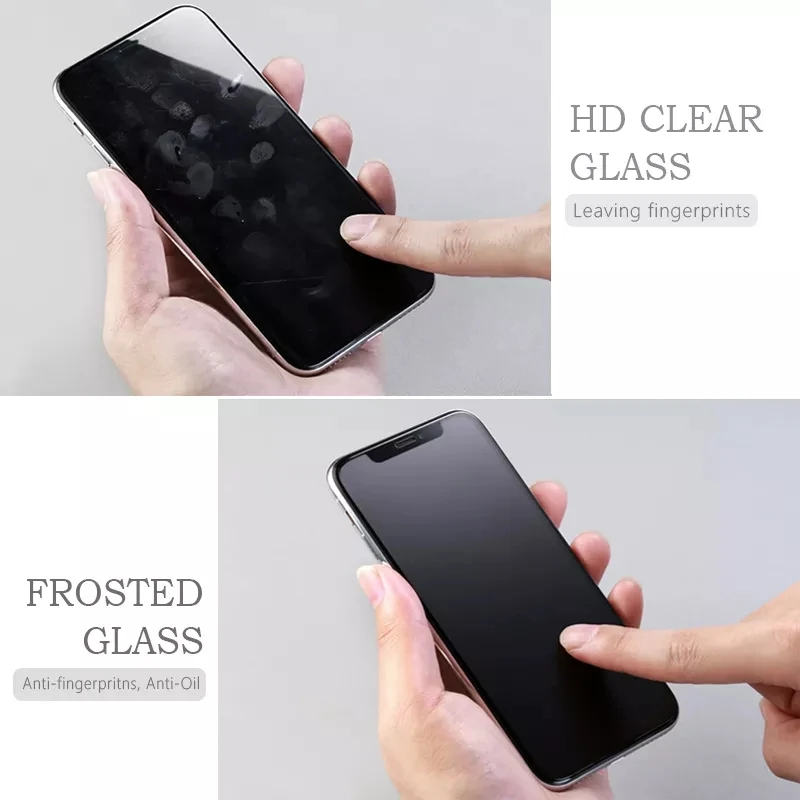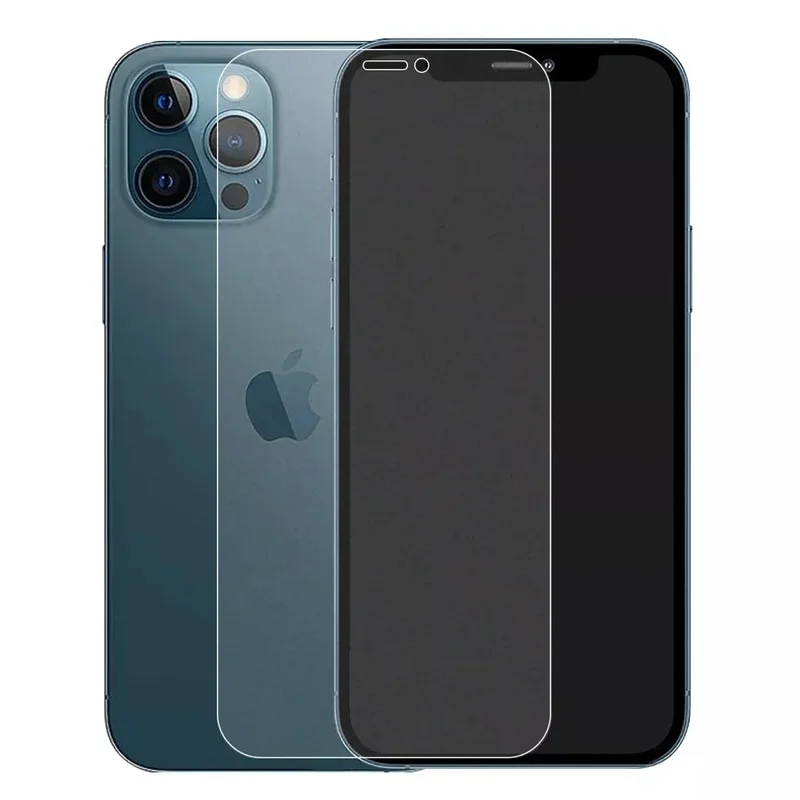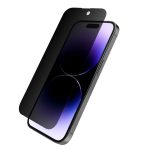Keeping your phone screen protector clean is essential for maintaining clear visibility and protecting your device from scratches and smudges. A clean screen protector not only improves your viewing experience but also extends the lifespan of both the protector and your phone’s screen. Here’s a comprehensive guide on how to clean your phone screen protector effectively using various methods.
Why Regular Cleaning Is Important
The Impact of Dirt and Smudges
Regular cleaning of your phone screen protector is crucial for several reasons. Dirt, dust, and smudges can accumulate on the screen protector over time, affecting its clarity and responsiveness. A dirty screen protector can make it difficult to see the display clearly, which can lead to strain on your eyes. Additionally, grime and fingerprints can interfere with the touch sensitivity of the screen, making it less responsive to your touch inputs.
Maintaining Screen Protector Integrity
Cleaning your screen protector regularly also helps maintain its integrity. Dirt and debris trapped between the screen protector and your phone’s screen can cause scratches or damage to the protector itself. Over time, these scratches can accumulate and reduce the effectiveness of the screen protector, leaving your phone more vulnerable to potential damage. By keeping the protector clean, you ensure that it continues to offer the best possible protection for your phone’s screen.

Basic Cleaning Supplies
Microfiber Cloths
One of the most effective and gentle tools for cleaning your phone screen protector is a microfiber cloth. Microfiber cloths are designed to lift and trap dust, dirt, and oil without scratching the surface. They are highly absorbent and can clean the screen protector without leaving lint or residue behind. It’s best to use a clean, dry microfiber cloth for routine cleaning.
Cleaning Solutions
For more thorough cleaning, you may need a cleaning solution. There are many screen-cleaning solutions available that are specifically formulated for electronics. These solutions typically come in spray bottles and are designed to clean without damaging the screen or leaving streaks. Ensure that the cleaning solution is alcohol-free and safe for use with screen protectors. Avoid using household cleaners or abrasive solutions, as these can damage the screen protector.
Dry Cleaning Method
Using a Microfiber Cloth
The dry cleaning method is the simplest and most frequently used technique for cleaning your phone screen protector. Start by using a clean, dry microfiber cloth to gently wipe the surface of the screen protector. Use circular motions to remove dust and smudges. Make sure to apply light pressure to avoid any potential scratching. This method is effective for removing loose dust and light smudges that don’t require deeper cleaning.
Benefits of Dry Cleaning
The primary benefit of the dry cleaning method is its simplicity and convenience. It doesn’t require any additional cleaning solutions or tools, making it a quick and easy option for maintaining a clean screen protector. Additionally, dry cleaning is less likely to cause damage to the screen protector if done correctly, as it avoids the use of potentially harmful liquids.
Wet Cleaning Method
Applying Cleaning Solution
For more stubborn grime or oily residues, the wet cleaning method is more effective. Begin by applying a small amount of screen-cleaning solution to a microfiber cloth. Never spray the solution directly onto the screen protector, as excess liquid can seep into the edges and potentially damage the screen or adhesive. Instead, lightly dampen the cloth and then use it to clean the screen protector.
Wiping and Drying
Once you’ve applied the solution, gently wipe the screen protector in a circular motion to remove the grime. Afterward, use a separate dry microfiber cloth to buff away any remaining moisture and ensure that the screen protector is completely dry. This step is crucial to prevent streaks and ensure that no moisture is left behind, which could cause damage over time.

Dealing with Stubborn Residues
Using Isopropyl Alcohol
For particularly stubborn residues or sticky substances, isopropyl alcohol can be an effective solution. Mix a small amount of isopropyl alcohol with water in a 1:1 ratio and apply it to a microfiber cloth. Gently clean the screen protector with the dampened cloth, focusing on the areas with the most residue. After cleaning, use a dry microfiber cloth to remove any remaining moisture.
Avoiding Harsh Chemicals
It’s important to avoid using harsh chemicals or abrasive materials, such as bleach or rough cloths, as these can damage both the screen protector and the underlying phone screen. Stick to gentle cleaning solutions and microfiber cloths to maintain the integrity of your screen protector.
Tips for Maintaining a Clean Screen Protector
Regular Cleaning Schedule
Establishing a regular cleaning schedule can help keep your phone screen protector in optimal condition. Aim to clean the screen protector at least once a week, or more frequently if you notice it becoming dirty. Regular maintenance prevents the buildup of grime and ensures that your screen protector remains clear and functional.
Protecting the Screen Protector
To minimize the amount of dirt and debris that comes into contact with your screen protector, consider using a phone case or screen cover. These accessories can help protect your phone and screen protector from everyday wear and tear. Additionally, keeping your phone in a clean, dust-free environment can reduce the need for frequent cleanings.
Addressing Common Problems
Dealing with Bubbles
If you notice air bubbles between your screen protector and the screen, they can often be removed with a simple cleaning technique. Gently lift one edge of the screen protector and use a clean, dry microfiber cloth to press out the bubbles. Reattach the protector and smooth it out to eliminate any remaining bubbles.
Replacing a Damaged Protector
Over time, even with careful cleaning, screen protectors can become scratched or damaged. If you notice significant damage or wear, it may be time to replace the screen protector. A damaged protector can affect both the appearance and functionality of your phone screen, so replacing it will ensure that your device remains protected.
Understanding Different Types of Screen Protectors
Tempered Glass Protectors
Tempered glass screen protectors are known for their durability and high level of protection. They offer superior resistance to scratches and impact compared to plastic protectors. Cleaning tempered glass is similar to other types; however, they generally require less frequent cleaning due to their smooth surface that repels dust and fingerprints better. Use a microfiber cloth and a gentle screen cleaner for the best results.
Plastic Film Protectors
Plastic film screen protectors are thinner and more flexible than tempered glass. They are more prone to scratching and may need more frequent cleaning. When cleaning plastic film protectors, be extra cautious to avoid using too much pressure, as this can cause the film to lift or become damaged. A gentle touch with a dampened microfiber cloth usually works well.

Troubleshooting Cleaning Issues
Streaks and Smudges
If you notice streaks or smudges after cleaning, it might be due to excess moisture or improper wiping techniques. To fix this, make sure to use a dry microfiber cloth to gently buff out any remaining streaks. If the problem persists, it might be helpful to re-clean the protector, ensuring you use only a minimal amount of cleaning solution.
Residue from Cleaning Products
Sometimes, cleaning solutions can leave a residue if not used correctly. To avoid this, ensure you are using a screen-safe cleaner and apply it sparingly to your cloth rather than directly onto the screen protector. If residue is present, a gentle wipe with a dry microfiber cloth should help remove it.
Conclusion
Maintaining a clean phone screen protector is essential for preserving the clarity and functionality of your device. By using the appropriate cleaning methods and supplies, you can effectively remove dirt, smudges, and residues, ensuring a clear and responsive screen. Regular cleaning and proper care will help extend the life of both your screen protector and your phone’s screen, providing you with a better overall user experience.

